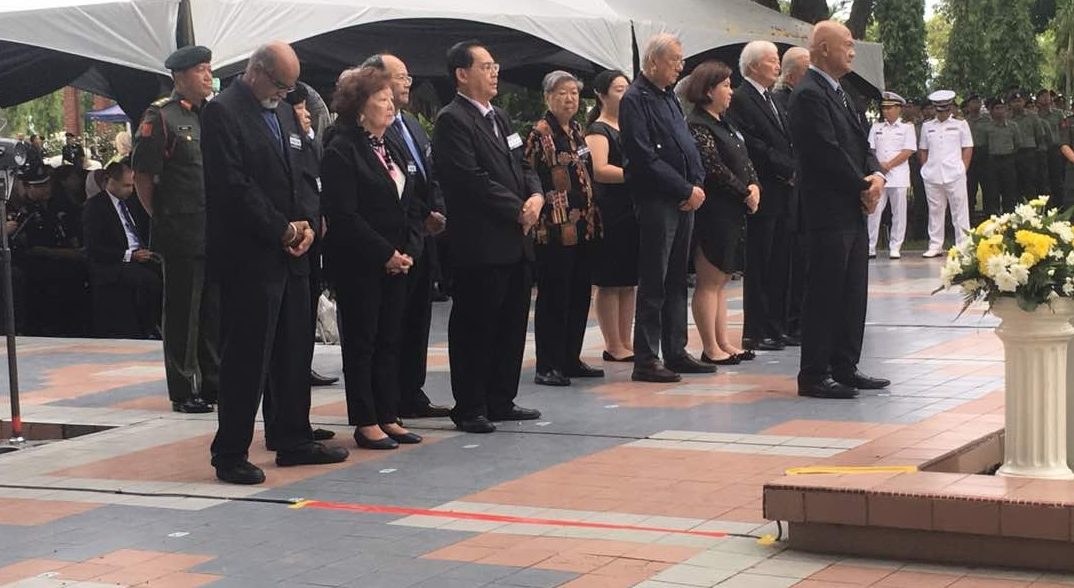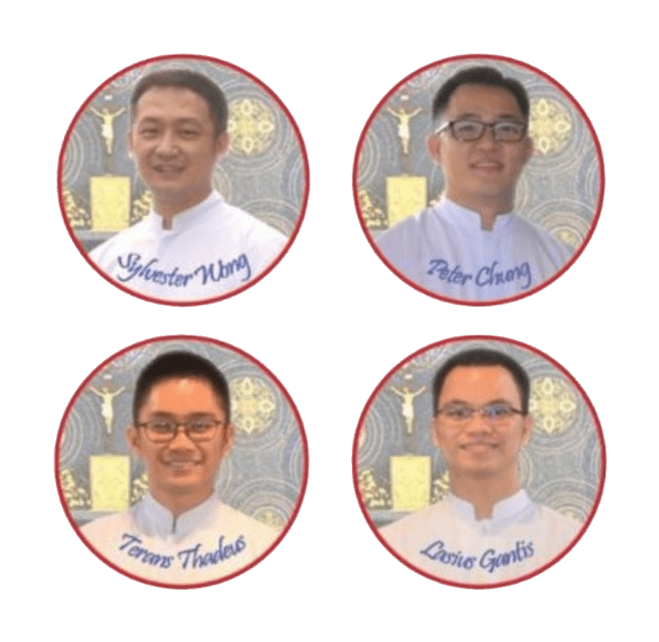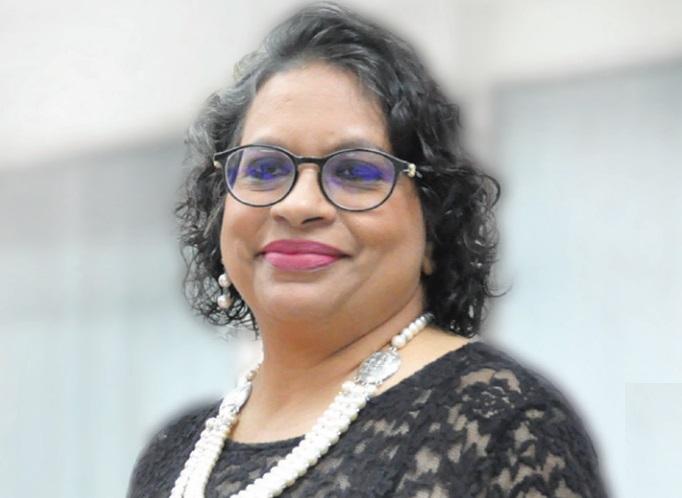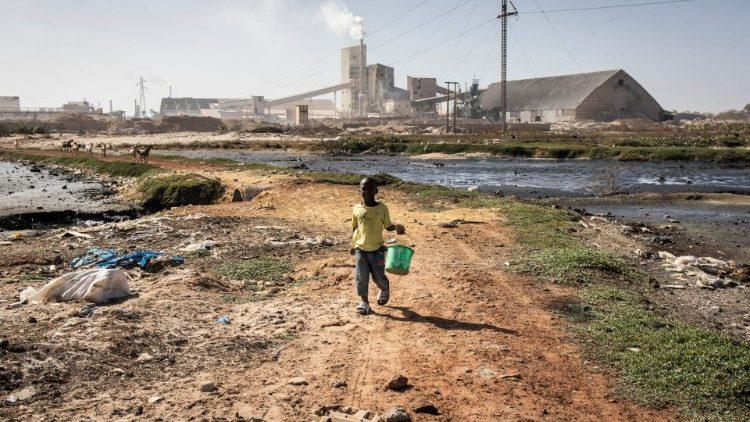Remembering the eight brave war heroes from WWII

Between June 12 and early July 1945, eight local civilians were apprehended, denied military trials, tortured and unlawfully killed for participating in anti-Japanese subversive activities with “sympathies which leaned towards the Allied cause.” The 1946 war crime trials held in Changi Singapore revealed that of the 30+ men on a black list, Kempeitai Harada Kensei chose to issue three orders to eradicate the “8 civilians” identified as the primary persons “definitely detrimental” “to the maintenance of peace and order.”
The first order involved Lothar Wong Manjaji and Vitalianus Joseph Lim @ Ubing. The second order involved Chong Pin Sin, Simon Thien, and Bung Ah Tee @ Stephen Pan Tet Liong and Paul Lee Onn @ Paul Lee Fook Onn. The third order involved Lim Hock Beng and Mohinder Singh.
The Kempeitai was found responsible and guilty of all three charges by the Allied Land Forces Military Court for War Crimes. (Ref: The National Archives, Kew. Japanese War Crime Trials Proceedings. Reference WO 235/884 1946 Case No.72. Defendant: Harada Kensei, Changi, Singapore).
On a bright Sunday morning on 21 January 2018, during the annual 2018 official ceremony for all war victims, eight men’s names were commemorated on a new plaque at the main war monument at the Petagas War Memorial Park.
After decades of waiting and grieving by their families, the eight were finally accorded a hero’s recognition, with representatives from each family laying a wreath at the site. The ceremony was attended by state dignitaries and representatives from the police, army, navy, foreign consulates and many from the eight families and other families.
On Jan 22, a Memorial Mass was celebrated by the Rector of St Simon Church, Father Cosmas Lee at St Simon Chapel, Likas.
Out of these eight men, six were Catholics and several were prominent leaders in their local and church communities. The Mass, held nearly 73 years after their deaths, was attended by up to 200 family members. It was the first time they gathered to pray for their loved ones – be it their father, grandfather, great-grandfather, uncle, granduncle, great-granduncle or even cousin. To the younger generations, they were persons they had heard a lot about but had never known.
It was a poignant reminder of the cruelties of what war had done to the families. At the same time, it gave them much needed closure and a sense of pride knowing their beloved ones had died bravely and now acknowledged by the state authorities.
During the Mass, Fr Cosmas said that war has a dehumanising effect on humankind, on the aggressors and the victims alike. No one is spared the horrors of what happens in a war. We have to heal by praying for all victims, as well as the enemies. Just as Jesus prayed for and forgave those who crucified him, we must do the same. As only by that, we ourselves are healed and reconciled to God.
After the Mass, old friends met to bond and share stories during a simple fellowship dinner at St Simon hall.
These eight men were not just random names but were inextricably linked together from their childhood days – through school, church and the local community. Much of what is known of them come from oft-repeated stories from the wives, older surviving children, written correspondence, official and church records.
The six staunch Catholics were also good friends to one another. They played a prominent role in the church community before and during the war. Born at the turn of the century, several of them were ‘old boys’ of Father Valentine Weber, a Mill Hill priest from the Tyrol looking after the Sacred Heart Mission and boys’ school from 1906-1930. They were very likely much influenced by this priest who was described as “a man of few words, his actions spoke for him instead. He continues to be reverently remembered by parishioners as a Father with outstanding kindness, especially his deep compassion for the poor.” (100 years of Good News Sacred Heart)
Church records provide a fascinating insight into the lives of these men and the part the church and their faith played in their lives. Fr Weber lived in the same house as the boarders – many of whom were children of “poverty-stricken emigrant parents, majority of whom could not pay a fee.” Fr Weber used his limited funds to shelter, clothe, feed and educate them like his own children. “These students, known as Fr Weber’s boys, developed a life-long loyalty to him and many grew up to be prominent citizens of Jesselton who would make up the core community of faith.” (100 years of Good News Sacred Heart Cathedral)
Among these older ex-students were Paul Lee Fook Onn (Lee Ah Onn), Simon Thien, and (Lothar) Manjaji.
In the first war crime charge, Lothar Manjaji and Vitalianus Lim were on this list. The Japanese authorities suspected them of making parangs and spears in preparation for an uprising, and also of preventing the Japanese from hiring coolies.

LOTHAR WONG MANJAJI, was born Wong Kah Kee in 1896 in Limbanak, Penampang, the third child of six children of Antonius Bungon/Pungun Wong and Siaham. Lothar was baptised as a Catholic at age 16 in December 1912 by Father August Wachter, then the rector of St Michael’s, Penampang.
It is recorded in the history of St Aloysius School Limbanak that Manjaji first taught adult male classes in his elder brother Ligunjang Pungun’s house. At that time, no females went to school. Manjaji, who had been educated at Sacred Heart School under Fr Weber, later took it upon himself to educate some of his brothers’ children, especially the girls who were still living in the kampung.
In the 1930s leading up to the war, Manjaji was employed by the Rubber Restriction Board. He also owned family businesses e.g. a rice mill (where local families bartered the milling of their padi with rice grain) and 50 acres of rubber land. According to historian Danny Wong, this sound financial position allowed him to indulge in sporting activities and all that “made him famous and remembered among people of his community, as well as able to live quite comfortably and accorded him the strength to play a pivotal role within his community”.
He was an active member of the Sacred Heart Church and close to the priests. A father of seven children, he often invited the foreign missionaries to his Karamunsing home for dinner. A frequent visitor was Msgr August Wachter, the previous rector of Penampang Mission from 1907 and who became the fourth Prefect Apostolic of North Borneo (1927–1945).The then Fr Wachter had baptised Manjaji as a teenager and was undoubtedly a key influential figure in his life. His daughter Katherine Anna, born in 1928, would recount many stories of Msgr Wachter visiting the their Karamunsing house and how he would call her by her second name ‘Anna’.
During the Japanese occupation from 1942 to 1945, Manjaji was appointed native magistrate by the Japanese Military Administration. One of his duties was to supervise the collection of padi and other foodstuff for the Japanese army from the Dusun cultivators in the district, many of whom had little for themselves and hardly any to spare. Katherine said they used to hide the bulk of the padi up in the roof of their house and display the little padi left to the Japanese soldiers who would come to each house to check their stock.
Towards the end of the war, on 19 May 1945, the Japanese army arrived at the Penampang mission to take Msgr Wachter, six other foreign priests, and three school boarders away. The church annals recorded that before Msgr Wachter was taken away, “there came to him Manjaji, Herman (Motogol), Vitalianus Lim and Claudius Yap, all influential members of the parish and he begged them to look well after the Mission property in case the Japs insisted on their removal.” (100 years of Good News Sacred Heart).
Soon after, those men were also apprehended by the Kempeitei. Manjaji’s body has never been recovered. After his death, his widow Otillia Libuyan Bokuta was left to fend for their seven children and also those he had adopted.
 VITALIANUS J LIM @ UBING was born in 1900 at Kg Limbahau. He was the son of Didacus Lim, a Chinese originating from Hainan China, and Maria Gondomboi Kokoyou, a local Kadazan. Vitalianus married Marcella Kuntim Duaon, a Kadazan and they had six children, three of whom are surviving today. He worked for the government as a clerk in Kudat and Keningau. Later, he was transferred back to Jesselton as Constabulary Clerk. He was also a volunteer with the North Borneo Volunteer Force (established in 1938) as a Corporal.
VITALIANUS J LIM @ UBING was born in 1900 at Kg Limbahau. He was the son of Didacus Lim, a Chinese originating from Hainan China, and Maria Gondomboi Kokoyou, a local Kadazan. Vitalianus married Marcella Kuntim Duaon, a Kadazan and they had six children, three of whom are surviving today. He worked for the government as a clerk in Kudat and Keningau. Later, he was transferred back to Jesselton as Constabulary Clerk. He was also a volunteer with the North Borneo Volunteer Force (established in 1938) as a Corporal.
When the war started, Lim was appointed as the District Officer of Tenom and in 1943, was transferred back to Jesselton and resided at Batu Tiga (presently Bukit Perwira). Based on evidence from the 1946 War Crime Trial proceedings, the family believes that he was unlawfully killed on 13 June 1945 together with Manjaji. After his death, the family moved back to Papar and resided at Kg Limbahau, attending the Holy Rosary Church, Limbahau where they continued to journey on in their faith.
The two men’s close friendship and association with the church as well as the other men named on the black list seemed to suggest a linkage with each other. – Vera Chin and Susanna Lye
(Vera is the granddaughter of Lothar Manjaji and Susanna Lye is the granddaughter of Paul Lee.)
To be continued



